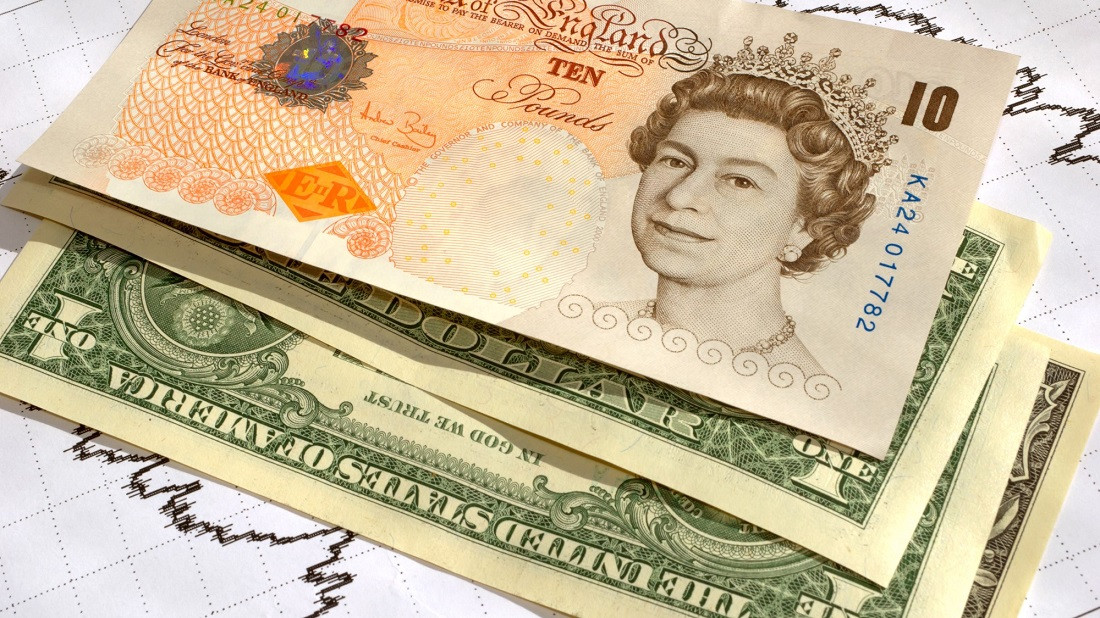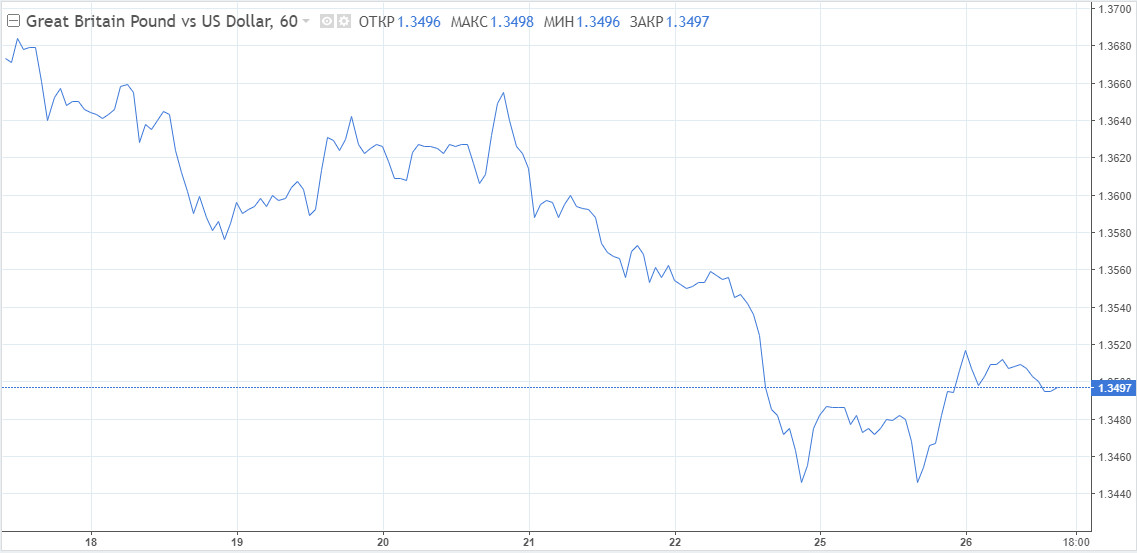
The Omicron outbreak has had a modest effect on economic activity in the UK, while inflationary pressures increase. Bets on policy tightening at the February 3 meeting are growing, with financial markets pricing in a rate hike to 0.5% from 0.25%. This week, futures for such a hike estimate an 87% probability of such an increase.
This is likely to support demand for GBP in the long term. In the short term, the pound sterling looks less attractive. It is under bearish pressure this week, as market players are increasing purchases of USD while waiting for the Fed meeting, from which they expect a stronger hawkish sentiment.
Scotiabank notes that a breakthrough of 1.3400 may strengthen the bearish sentiment and send the GBP/USD pair to the area of 1.3200. Resistance is located at 1.3495, 1.3536, and 1.3550.
Bearish momentum has strengthened significantly, according to the UOB Group. The pound risks continuing to decline. However, given the oversold condition, which is clearly visible in the short-term time frames, the rate of decline may slow down, and the next support at 1.3400 is unlikely to be reached soon.
The GBP/USD is not yet able to stabilize. Once the price breaks through 1.3535, it will be possible to say that the current weakening has stabilized and no further collapse may follow.

The pound trend largely depends on which of the regulators (the Fed or the Bank of England) will show the most hawkish sentiment.
Inflation spikes in advanced economies are driven by higher energy prices and supply chain disruptions. The UK regulator responded faster than other major central banks to ensure that costly energy and a tight labor market did not lead to increased price pressures.
However, economists pinpoint that the BoE "needs to do something in the short term to reinforce their credibility, anchor inflation expectations, and perhaps support sterling."
Bank of England Governor Andrew Bailey noted last week that inflation risked being more persistent than anticipated a couple of months ago. The regulator should have taken measures sooner. Tensions between Russia and Ukraine have added to all the other inflationary woes. Futures markets showed natural gas prices staying higher for longer.
He added that firms were considering raising prices and wages this year in a way that would cause inflation to be too slow to fall back to its 2% target.
Bank of England forecasts
The Bank of England will publish new estimates of economic growth and inflation on February 3, replacing the November forecasts.
The Omicron wave caused less damage to the economy compared to previous strains. The financial damage, according to economists, was mostly limited to sectors such as the hospitality industry. It reduced output by about 0.5% in December and January. The GDP returned to its pre-pandemic level for the first time in November. The labor market performed better than expected.
The situation in the labor market is ambiguous. The unemployment index is close to pre-pandemic levels, although the number of people employed has fallen by about 600,000. The decline occurred due to the fact that older UK citizens have dropped out of the workforce. This is causing some concern at the Central Bank because of possible pressures on the labor market.
Investors are also interested in how much the Bank of England is ready to raise the rates. At the meeting, they will be waiting for signals on this matter. In November, the regulator diminished expectations and called it unlikely that the rate would reach 1% this year. However, everything is different now. The Central Bank went on the path of tightening, the markets expect rates to be 1.25% by the end of the year.
 English
English 
 Русский
Русский Bahasa Indonesia
Bahasa Indonesia Bahasa Malay
Bahasa Malay ไทย
ไทย Español
Español Deutsch
Deutsch Български
Български Français
Français Tiếng Việt
Tiếng Việt 中文
中文 বাংলা
বাংলা हिन्दी
हिन्दी Čeština
Čeština Українська
Українська Română
Română

